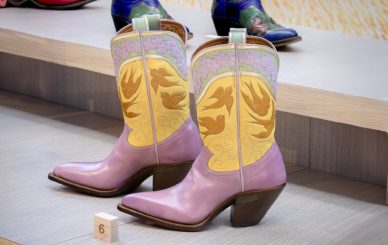
Stitch by Stitch: The Art and Design of Cowboy Boots
Step into the world of craftsmanship, design, and artistry with Flora Knight and Tony Benattar.

Step into the world of craftsmanship, design, and artistry with Flora Knight and Tony Benattar.

Join us for this year's Ladies First event in partnership with Full Court 21 Canada!

Step into the spotlight and bring the razzle-dazzle of Broadway to life in our Intro to Broadway Jazz class.
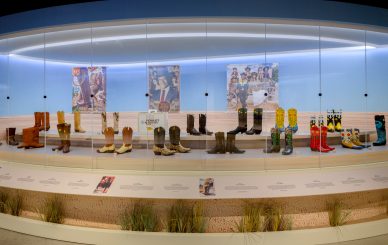
Explore the history of the cowboy boot in this new exhibition. Now on view.

“What is art?” This question has sparked debate for centuries.
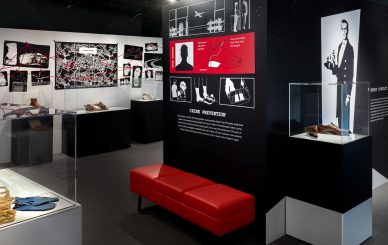
Sleuth out the complex role of footwear in crime, policing, and the judiciary.
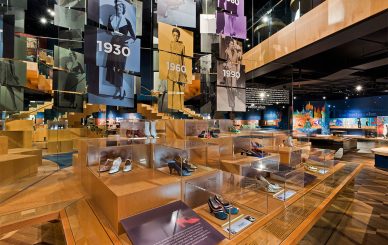
Take a walk through the the fascinating history of footwear.
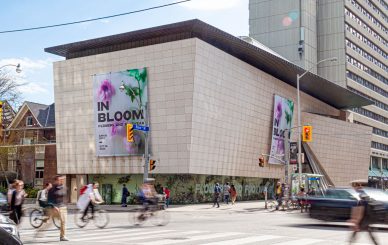
Find our latest press releases and more information on media images and interview requests.